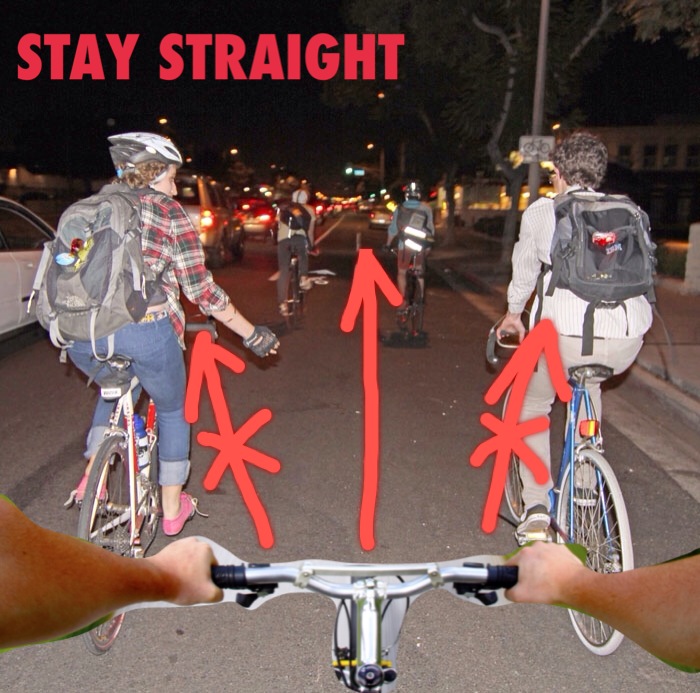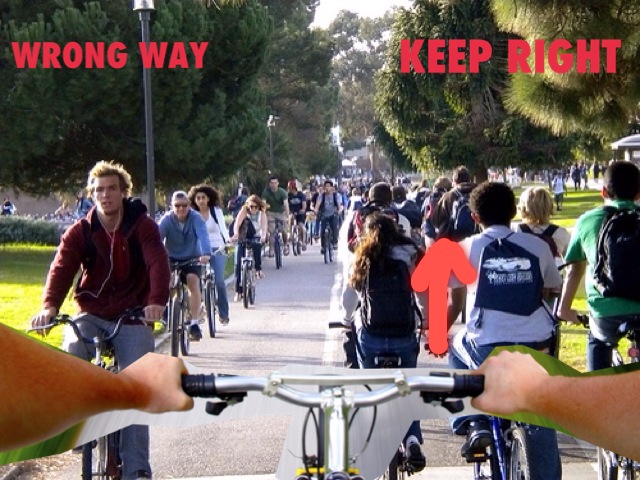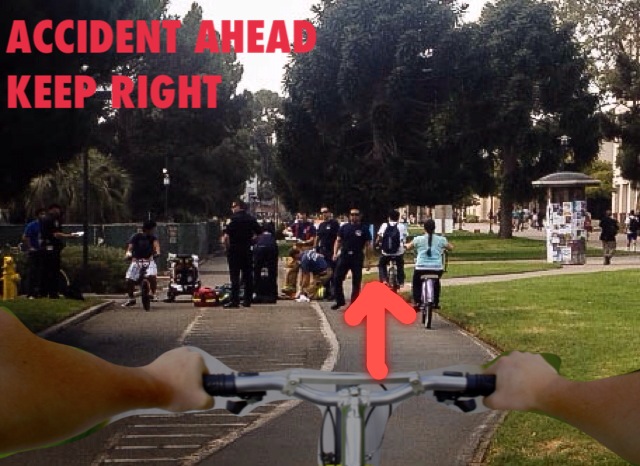Science Project: Bike Bearings
Lecture Summary
For our science project, we decided to attend the lecture “Probabilistic Models of Sensorimotor Control and Decision Making” lead by Daniel Wolpert, Computational and Biological Learning Lab., Dept of Engineering, University of Cambridge. In a short summary, his lecture discussed motor control, simple movements of the body, and understanding decision making. He discussed in depth how information we absorb in daily life heavily influences our decision making. One of the main ideas presented by Wolpert was how decision making combined with a certain range of movements would lead to an optimal result. He uses the terms “likelihood” and “prior knowledge” as variables to obtain said optimal result. The basis of this idea is what we are basing our project on. With the foundation of this idea, our group wanted to come up with something that improved decision making by using these variables. We also wanted to create something that students at UCSB could use to help ease their daily ongoings on campus and around IV.
Proposal
“One day, we believe, science will solve everything.” (Lehrer) Here at UCSB, where bikers are prevalent and accidents occur daily, we want to help the students avoid incidents and injury. The combination of art and science will create an innovative way to solve this problem as “neuroscientists study our perceptions of this world; they dissect the brain in order to understand the human animal.” (Lehrer) With science research, we learn new information about people and their interaction with the world around them. “Here,we are not interested in general performative studies but rather in performance as a method. We concentrate on examples, in which a perceptible scenery is executed by the scientists, in order to explore whatever they are dealing with. To perform his/her model, data or observations enable the researcher to get an alternative approach to the examined processes.” (Diebner) With new understandings of reality and perception from a myriad of individuals, we are able to visualize a solution to help bikers and non-bikers alike with ways to travel safer.
In the future, new technology will be available for the general public to access. Bike Bearings will be the latest in glasses technology that will help users optimize their travel time and make better informed decisions. This service will be able to sense the wearer’s eyesight and help with critical decision making through the use of this technology to avoid accidents, predict Estimated Time of Arrival, show alternative routes in case of detours, help with night vision and much more. In terms of utilizing the ‘prior knowledge’ aspect to obtain optimal results (which in this case is a smooth, safe ride from point A to point B) Bike Bearings will help you make decisions when encountering other bikers, like whether to pass a biker or to stay behind them, or even warn the biker if there is a high chance of an accident to occur. For example, a biker is entering a roundabout before you are, it is at night, and the bike paths are poorly lit. Said biker is cycling fast on a nice road bike and you are about to enter in front of them. Bike Bearings will issue a warning to advise you to make an emergency stop to prevent the crash. The reason it was able to warn you is because it uses physics to calculate the predicted risk percentage of the bike colliding with yours. Bike Bearing is also equipt with probability algorithms which include predetermined statistics from calculated from different bike models and their rate of accidents as well as the biker itself based on gender and geographical location. This software is quick on giving the rider keen information in their field of sight without blocking their view.
Bike Bearings will be an extension of Google Glass. For existing Google Glass owners, the software will automatically update over wifi. As such, it is manufactured in the same fashion. Google Glass is constructed with a plastic frame over a titanium band with a storage space of 16GB and 1GB of RAM. For the CPU, it uses the Texas Instrument (TI) OMAP 4430. With a Himax FSC LCOS display and optical system with beam splitter, images can be viewed and captured in 720p definition through the 5 megapixel camera module. Bike Bearings utilizes the proximity sensor, ambient light sensor, and InVenSense inertial sensor in order to optimize traveling results. With a IATL lithium-polymer 2.1 Wh 3.7V battery, the battery life should last about 5 hours for standard usage before you have to charge it with the charger or micro USB cable. The audio system is composed of a bone conduction transducer, Wolfson microphone, and a TI audio controller chip. The final components of Google Glass are the circuit boards; there is one main PCB and two flex PCBs.
This is art because we, as artists, “develop new kinds of knowledge and applications ignored by mainstream scientific and corporate research and push scientific inquiry in unanticipated directions.” (Wilson) We see research from a different point of view and can therefore create projects that others might not think of. We “provide insight on nontechnical responses and ideas for better addressing the needs and perspectives of the general public.” (Wilson) We use our knowledge to create something that will better society as we develop something that communicates with the public.



